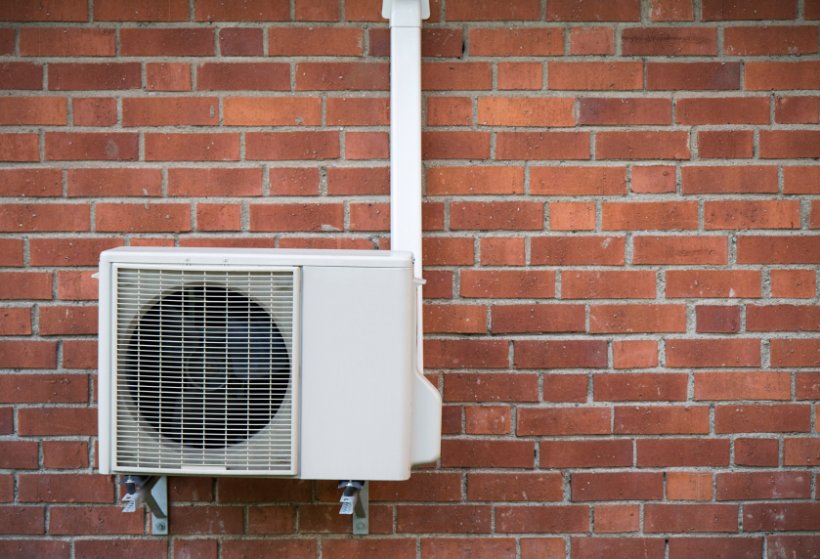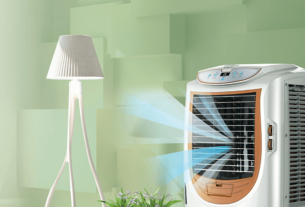If your house does not have air ducts to distribute warmth, do not fear. You could possibly utilize a unique sort of heat pump called a mini-split heat pump. The cutest of all heat pumps, it links an exterior air-source unit to numerous interior systems.
To learn about a heat pump company, please visit the link.
These indoor units attach to water warmth or area heating systems. An additional plus is that the setup just needs a 3-inch, or 7.6-centimeter, an avenue to come with the wall, which is rather inconspicuous. They’re also functional. The indoor air trainers can be mounted on ceilings, wall surfaces, or on the floor, and they’re small too.
And also, who can neglect the reverse cycle chiller, or RCC heat pump? Rather than home heating, as well as cooling down the air, this bad boy cools and heats water, as well as can run efficiently in below freezing temperature levels. In an RCC system, the heat pump connects to a protected water container that either cools or heats. After that, a fan as well as a coil system pump cool and heat air away from the container, as well as via the ductwork to several heating areas. An RCC system can likewise pump warm water via a radiant flooring heating unit, so when those bare feet are comfortable on a cozy floor tile floor this winter season, you can thank your RCC.
The backup burner protects against the system from blowing cold air via the registers while the coils thaw, which is key if your goal is to remain warm. Some could say that the RCC system is superior because it utilizes the hot water from the container to defrost the coils, so no backup heater is required. This also implies the system never impacts cold air when it should not, and the result is that you stay nice as well as cozy.
A new kind of heat pump revealing promise for severe climates is the Cold Environment heat pump, which runs effectively at incredibly reduced temperature levels, also below 0 degrees Fahrenheit, -18 levels Celsius.
For duct and filter inspections, please click on the link.



